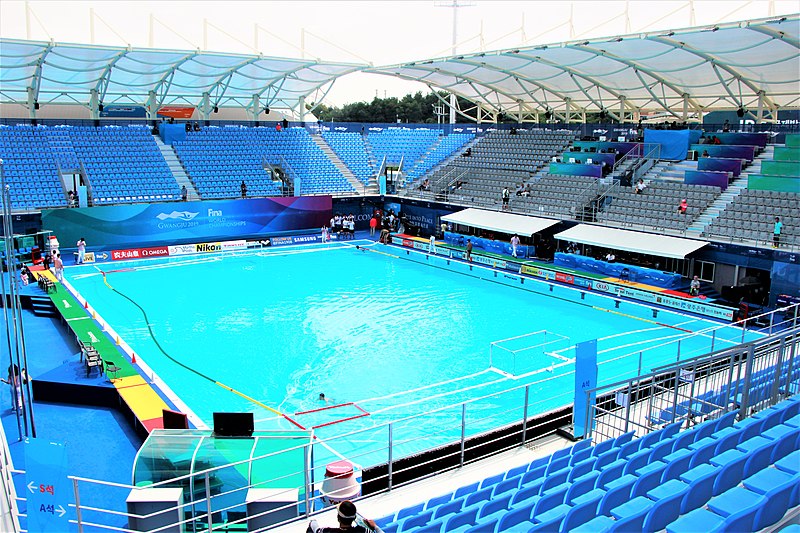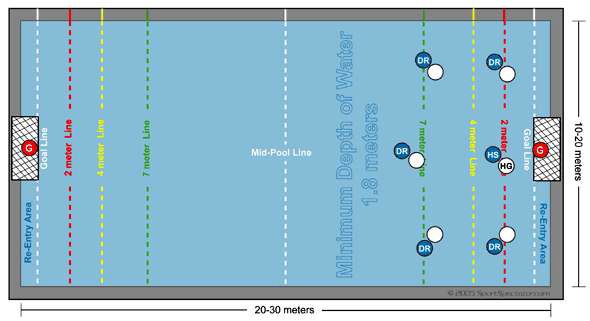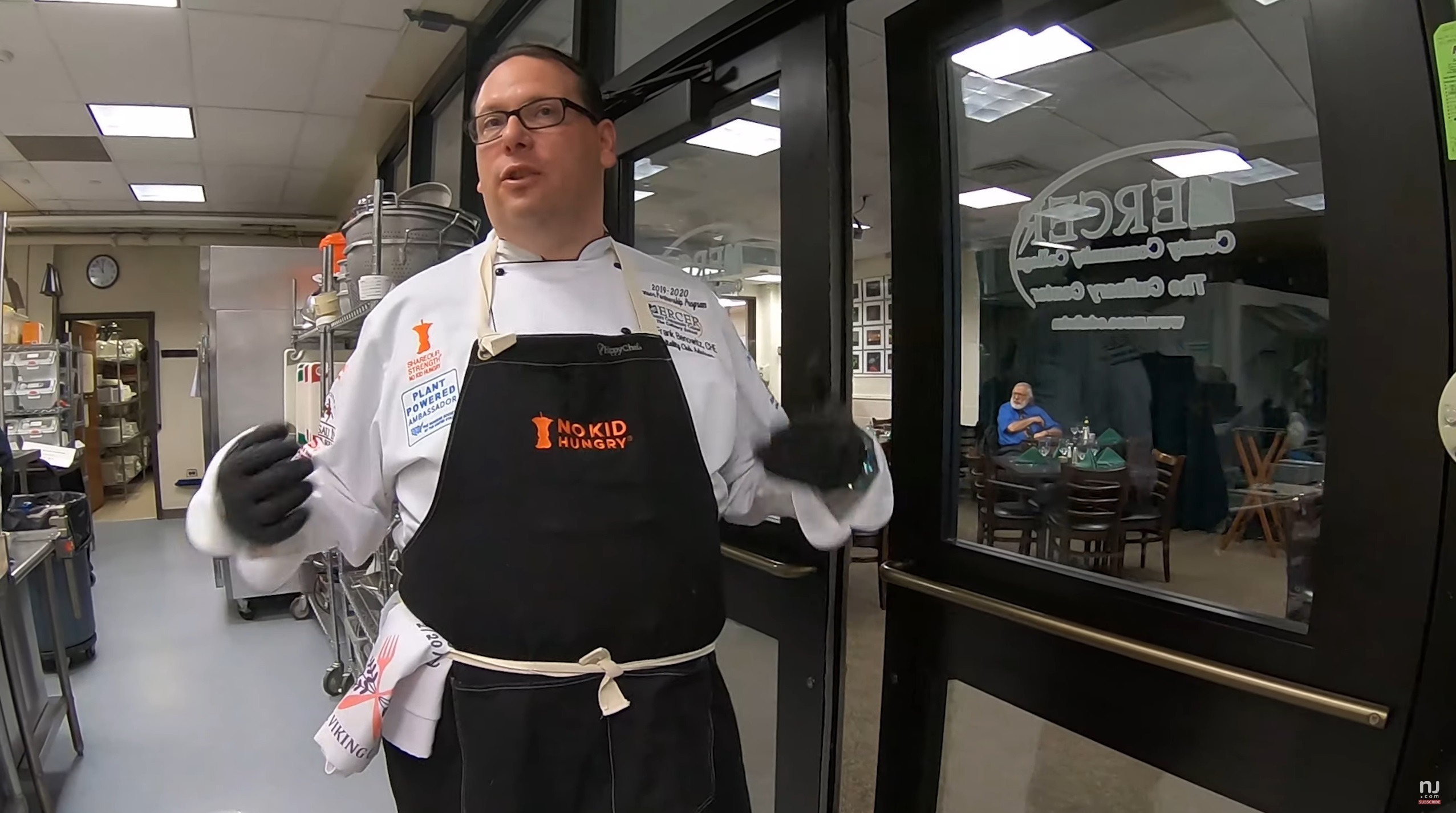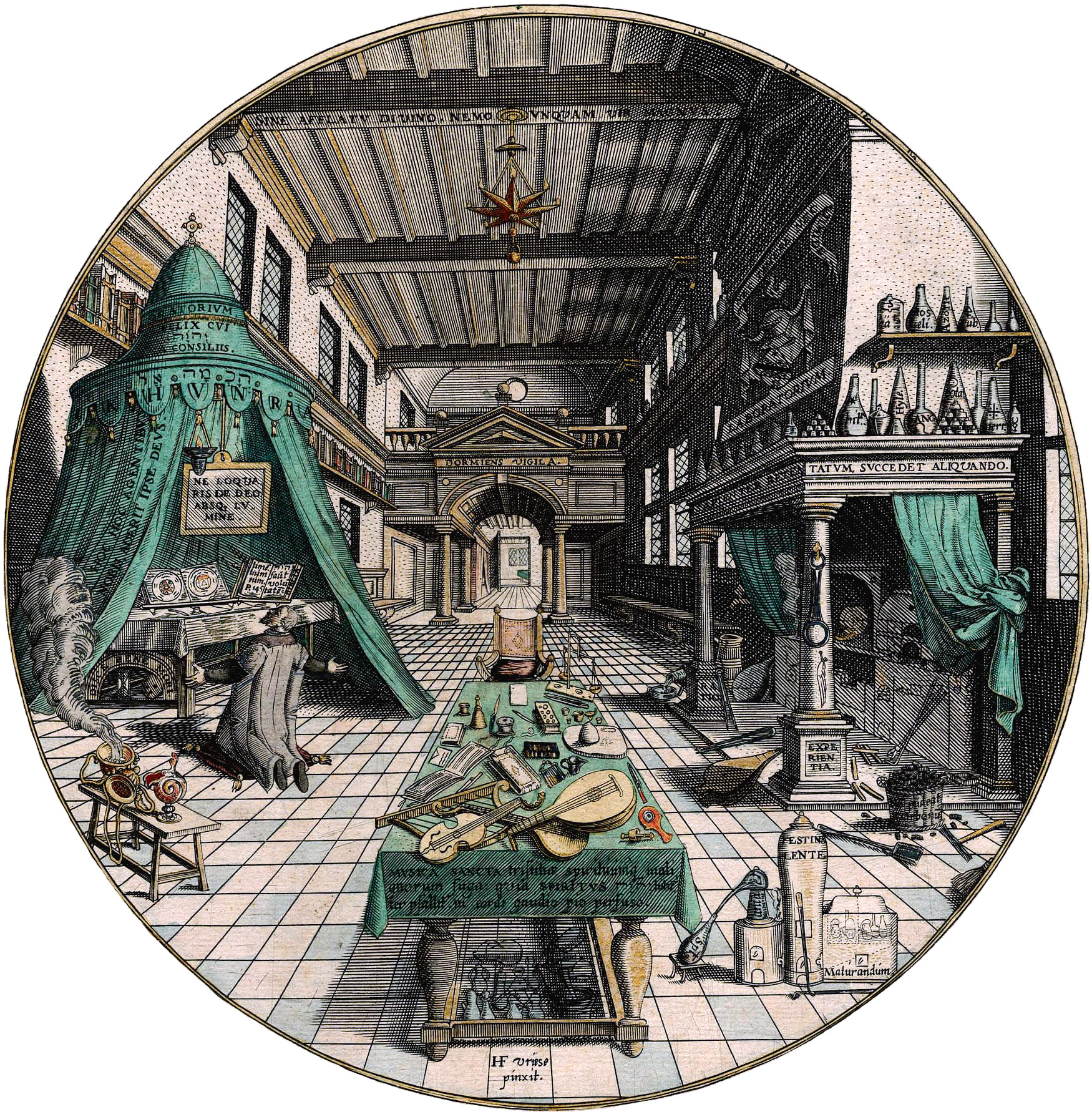A standard water polo pool playing field has specific characteristics and dimensions regulated by the sport’s governing bodies, such as Fédération Internationale de Natation with regional variations informed by student athlete safety. There are about 750 high school girls and boys girls water polo programs in the US and about 70 collegiate teams. Here are the key features:
Pool Dimensions
- Length: The playing area is typically 20 to 30 meters long.
- Width: The playing area is 10 to 20 meters wide.
- Depth: The minimum depth is 1.8 meters (about 6 feet) to ensure players cannot touch the bottom.
Goal Dimensions
- Width: The goals are 3 meters wide.
- Height: The goals are 0.9 meters high.
Markings and Zones
- Midline: The center of the pool has a midline to divide the playing area into two halves.
- 5-Meter Line: There are lines marked at 5 meters from each goal line, used to indicate where penalty shots can be taken.
- 2-Meter Line: There are lines marked at 2 meters from each goal line, inside which attacking players cannot remain for more than a few seconds without the ball.
Goals and Nets
- Goalposts and Crossbar: The goals are constructed with goalposts and a crossbar, usually made of metal or a similar sturdy material.
- Nets: Attached to the goals to catch the ball.
Ball Specifications
- Size: The ball has a circumference of 0.68 to 0.71 meters for men and 0.65 to 0.67 meters for women.
- Weight: The ball weighs between 400 and 450 grams.
Additional Features
- Team Benches: Located on the pool deck for players not in the water.
- Shot Clocks: To keep track of the possession time, typically set to 30 seconds.
- Scoreboards: To display the game score, time remaining, and other relevant information.
Water Temperature
- Temperature: The water temperature is usually maintained between 25-28°C (77-82°F) to ensure player comfort.
Related Water Standards

























